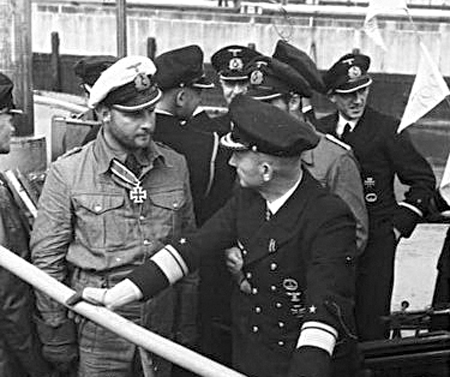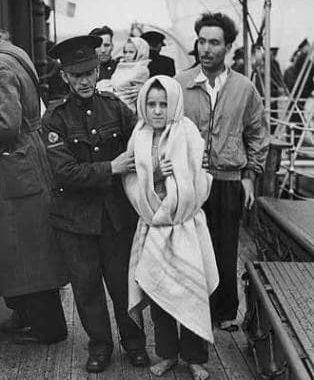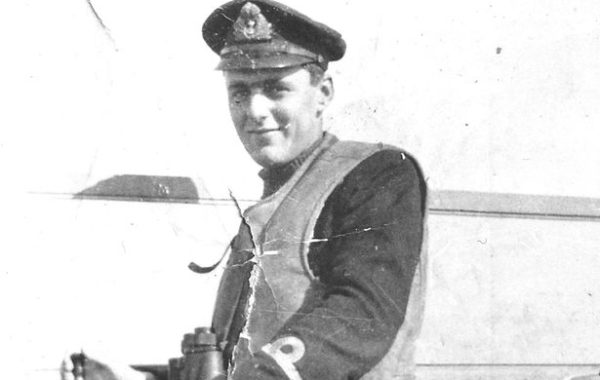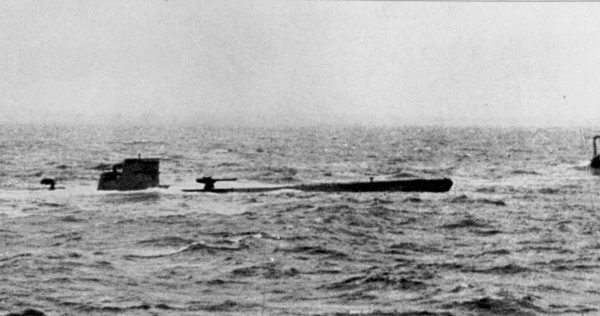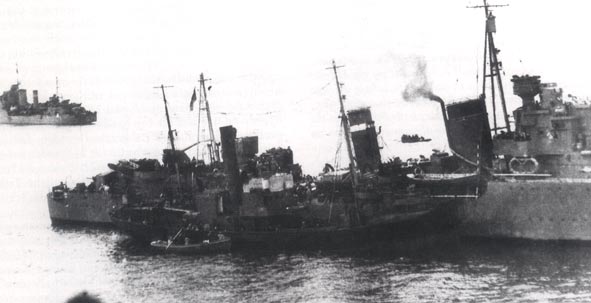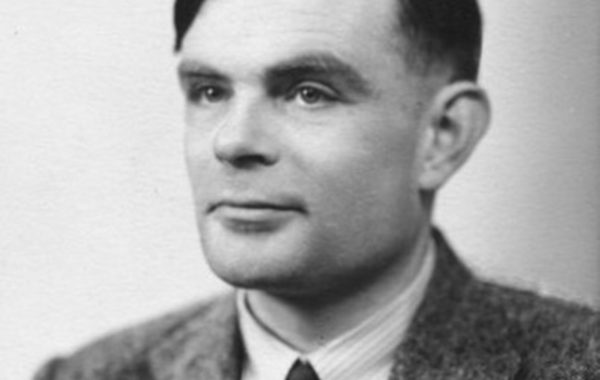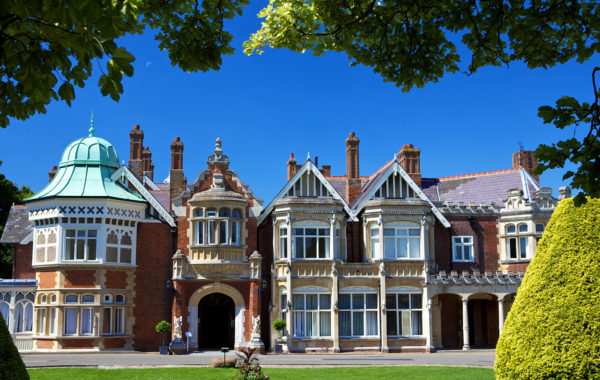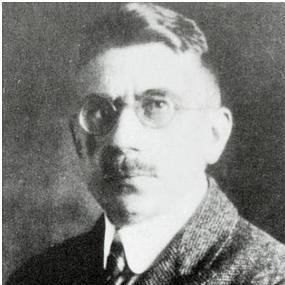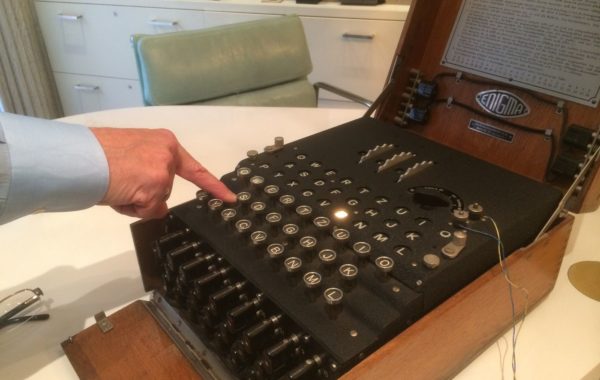When Oberleutnant Fritz-Julius Lemp torpedoed and sank the British passenger ship Athenia at the beginning of World War II, he did not break radio silence to report his attack to his superiors. His decision led Germany’s Nazi government to deny responsibility for the sinking, a position they maintained for the duration of the war. That denial is undoubtedly a factor contributing to Athenia’s relative obscurity in historical accounts of the war (see blog, Nov. 30, 2018).
The war was not quite nine hours old on Sept. 3, 1939, when Lemp, in command of U-30, torpedoed what he believed was a legitimate wartime target – an armed merchant cruiser. When he came to the surface after nightfall to assess how fast the ship was sinking, he discovered he had attacked an unarmed passenger ship, exactly the type of target his operational orders told him to avoid.
Lemp left the scene without breaking radio silence because, he later said, he did not want to betray his position to the British. Whatever Lemp’s reason for not reporting his action, it caught the German government flat-footed the next morning when news of a U-boat attack on an unarmed passenger ship began to circulate. Nazi officials immediately checked with naval authorities and received assurances that no U-boats had reported any action in the vicinity of the incident, which was correct but misleading. Some U-boats had not reported at all, including U-30.
The Nazis were eager to deny responsibility for the sinking because it gave England a major propaganda tool to use against Germany. Far worse, however, was the possibility that the attack on Athenia had killed Americans, which might bring the United States into the war. Germany’s Secretary of State for Foreign Affairs wasted no time the morning of Sept. 4, 1939, in offering Americans an official German denial of any responsibility for sinking Athenia. To assure world opinion that Germany was abiding by international treaties, Chancellor Adolf Hitler issued an order to all naval units that same day, warning that no passenger ships were to be attacked under any circumstances.
When Athenia survivors began disembarking in Galway and Glasgow a day later, they made it clear they thought their ship had been torpedoed and several said they had seen the submarine. In response the German press speculated Athenia may have been mistakenly attacked by a British submarine or had struck a floating mine. Within days, however, the Nazi’s chief propagandist, Joseph Goebbels, published an account that Britain’s new First Lord of the Admiralty, Winston Churchill, had planted a bomb on board Athenia in order to sink the ship, kill American passengers, and bring the United States into the war against Germany.
Britain vehemently denied the allegations and few outside of Germany believed the Nazi assertions. Even so, the United States, which announced it would be a neutral party in newly declared war, refrained from blaming Germany in the absence of irrefutable proof, a sign of the isolationists’ political strength in the U.S.
The Churchill story had been circulating for two weeks when Lemp returned to his base in Wilhelmshaven and reported to Karl Dӧnitz, Germany’s submarine fleet commander, that he sank Athenia. At Hitler’s direction, German officials continued to deny responsibility for Athenia’s sinking through the remainder of the war.
In next month’s blog: The truth is finally revealed.


